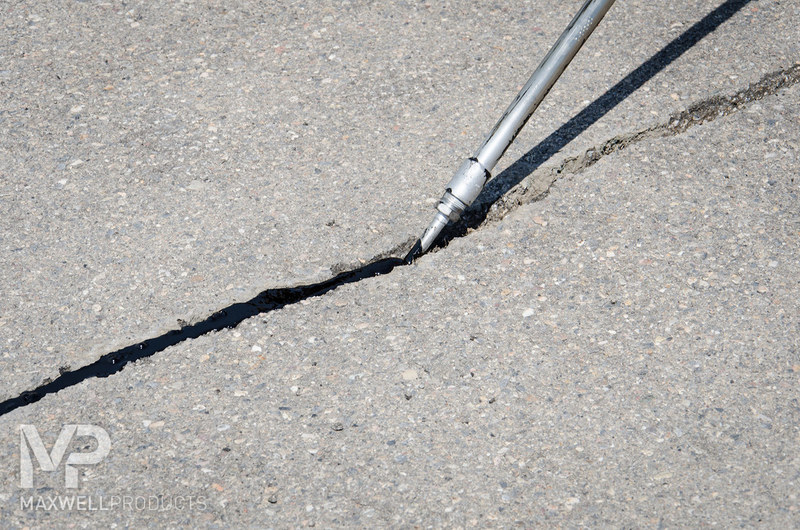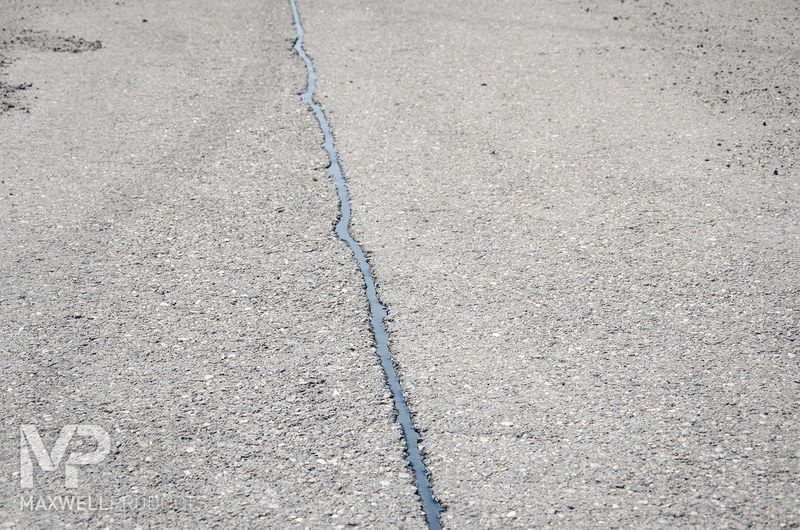View Photo
Solution Center
Repairing Block Cracking with:
Flush Fill Crack Seal Simple Overband Crack Seal Overband Crack Seal
Problem: Block Cracking
Similar to fatigue cracking, block cracking appears as an interconnected network of square or rectangular shaped cracks. Typically caused by thermal expansion/contraction, reflection of cracking below the top layer, and poor flexibility of asphalt binder, this type of cracking often occurs over a wide area and can appear in non-traffic areas. The blocks can vary in size, with larger blocks classified as longitudinal and transverse cracking.
Solution: Flush Fill Crack Seal
Another common and cost-effective method of sealing pavement cracks, flush-fill crack sealing is accomplished by filling a crack with crack sealant material flush with the surface of the pavement. There may be slight settling as the material cools, creating a very shallow channel, but flush-filling a crack seals out moisture and incompressible debris, protecting the base and walls of the crack, as well as provides a flexible filler that will move with the pavement during thermal expansion/contraction cycles. This method is usually chosen when a surface treatment or overlay is planned and/or when an overband is not wanted or required.
Comments
no comments






